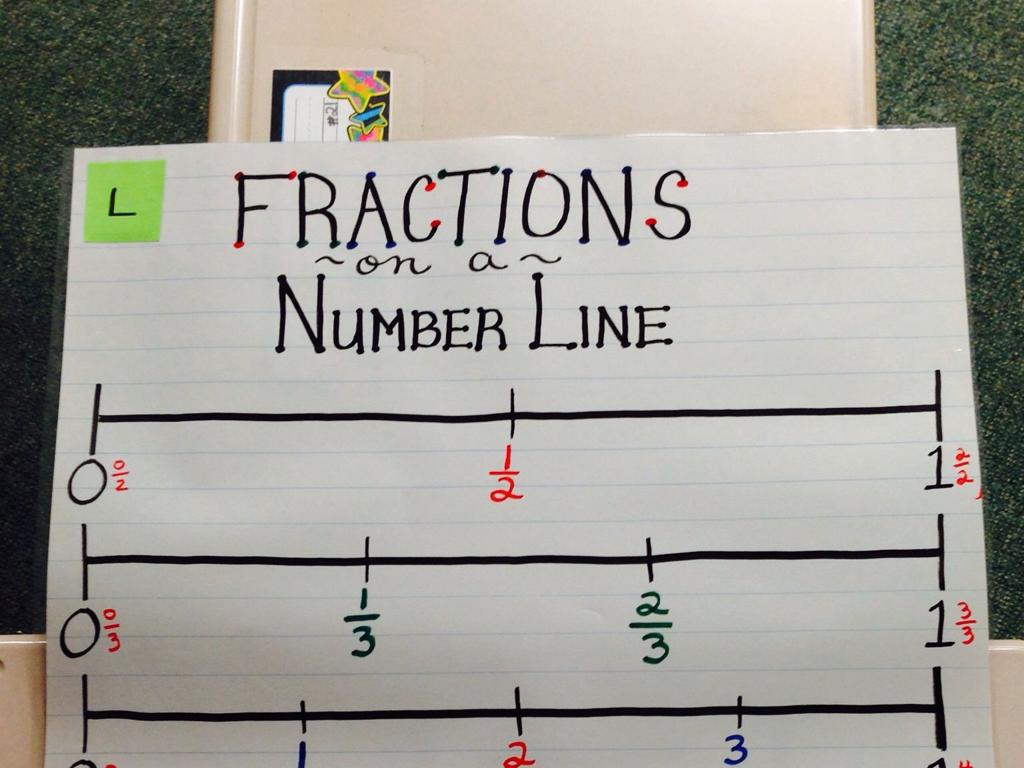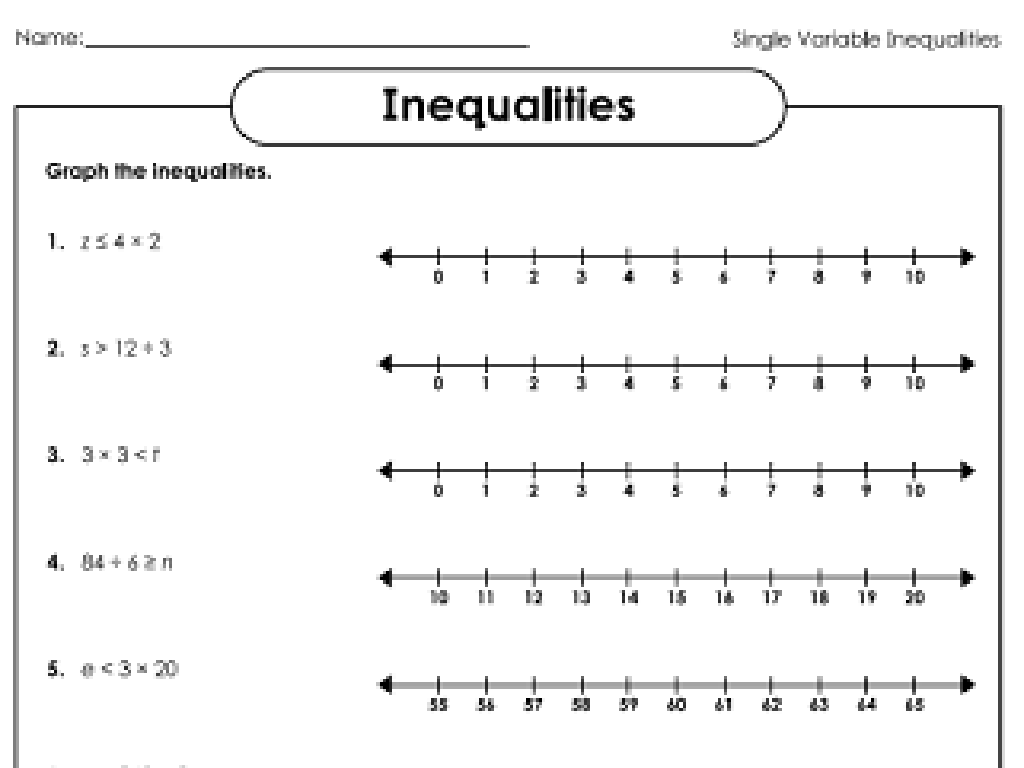Principles Of The American Revolution: The Ideas And Events That Led To Change
Subject: Arts and humanities
Grade: High school
Topic: Constitution 102
Please LOG IN to download the presentation. Access is available to registered users only.
View More Content
Principles of the American Revolution
– Origins of American democracy
– Democracy’s roots in colonial resistance to British rule.
– Key revolutionary principles
– Ideas of liberty, equality, and justice that fueled change.
– Influential events and figures
– Boston Tea Party, Declaration of Independence, and key leaders like Washington.
– Today’s learning objectives
– Understand the ideological underpinnings and key events of the American Revolution.
|
This slide introduces students to the foundational principles that shaped the American Revolution and the subsequent creation of the U.S. Constitution. It aims to provide an understanding of how the colonists’ quest for representation and freedom from British rule led to the development of American democracy. Highlight the significance of key events and figures that played a pivotal role in the revolution. The learning objectives for today’s lesson include recognizing the causes of the American Revolution, identifying the main ideas that emerged from it, and understanding the impact of these events on the formation of the United States government.
The Enlightenment Influence on the American Revolution
– Key thinkers: Locke, Montesquieu, Rousseau
– Locke’s life, liberty, property; Montesquieu’s separation of powers; Rousseau’s general will
– Natural rights and social contracts
– Rights inherent to all humans; agreements between people and rulers
– Enlightenment ideas in the Revolution
– Colonists used these concepts to justify independence
– Philosophical foundation for change
|
This slide introduces students to the Enlightenment philosophers whose ideas profoundly influenced the American Revolution. Locke’s theories of life, liberty, and property, Montesquieu’s advocacy for the separation of powers, and Rousseau’s concept of the general will all contributed to the ideological underpinnings of the Revolution. Students should understand how the colonists adopted the notion of natural rights and social contracts to challenge British authority and seek self-governance. Highlight the direct impact of these ideas on the Declaration of Independence and the Constitution. Encourage students to consider how these Enlightenment ideas continue to influence modern democratic thought.
Taxation Without Representation
– ‘No taxation without representation’ explained
– Colonists believed they shouldn’t be taxed by a government where they had no elected representatives.
– The Stamp Act’s role in discontent
– A 1765 tax on paper goods that affected most colonists, sparking widespread protest.
– The Boston Tea Party as protest
– In 1773, colonists dumped tea into Boston Harbor to oppose the Tea Act, showing defiance.
– British policies and colonial unrest
– Harsh taxes and laws without colonial input led to anger and calls for independence.
|
This slide delves into the concept of ‘No taxation without representation,’ a core grievance of the American colonists leading up to the Revolution. It was a rallying cry against the British Parliament’s right to tax the colonists without their consent, as they had no representation in Parliament. Highlight the Stamp Act as a direct tax affecting a wide range of paper products, which was seen as an overreach of British authority. The Boston Tea Party was a direct action against the Tea Act, which granted the British East India Company a monopoly on tea sales. Discuss how these and other British policies, such as the Quartering Act and Townshend Acts, contributed to the growing desire for independence among the colonists. Encourage students to consider how these historical events demonstrate the colonists’ increasing determination to govern themselves and the lengths they were willing to go to in order to achieve that goal.
Key Events Leading to the American Revolution
– Sequence from Sugar Act to Independence
– Taxation without representation sparked unrest, leading from the 1764 Sugar Act to the 1776 Declaration of Independence.
– First and Second Continental Congress
– The Congresses united the colonies, managed the war effort, and moved towards independence.
– Impact of ‘Common Sense’ by Thomas Paine
– Paine’s pamphlet galvanized public opinion for independence and democratic ideals.
|
This slide aims to outline the pivotal events that catalyzed the American Revolution. Starting with the Sugar Act of 1764, which imposed taxes on the colonies without their consent, this sequence of events includes various acts and responses that led to the Declaration of Independence in 1776. The role of the First and Second Continental Congress was crucial in shaping a collective American identity and managing the conflict with Britain. Thomas Paine’s ‘Common Sense’ played a significant role in shifting public opinion towards the necessity of independence and the rejection of monarchical rule. Students should understand the interconnectedness of these events and their collective impact on the drive for independence.
The Declaration of Independence: A Revolutionary Manifesto
– Analyzing key Declaration principles
– Explore life, liberty, and the pursuit of happiness as core values.
– Unalienable rights concept
– Rights that cannot be taken or given away, e.g., freedom of speech.
– Declaration’s revolutionary nature
– It signified a radical break from British rule, asserting sovereignty.
– Impact on American society
|
This slide delves into the Declaration of Independence, emphasizing its role as a cornerstone of American political philosophy and a catalyst for change. Students should analyze the key principles such as equality and the right to alter or abolish oppressive government. The concept of ‘unalienable rights’ is central to the Declaration, and it’s crucial to discuss how these rights are inherent to all individuals and form the basis for freedom and democracy. The revolutionary nature of the document is highlighted by its assertion of American colonies’ right to self-governance, rejecting the British monarchy. The impact of these ideas on American society and their enduring relevance should be a point of discussion, encouraging students to consider how these principles continue to shape American identity and government.
The Revolutionary War: Key Aspects
– Overview of pivotal battles
– Battles like Lexington, Saratoga, and Yorktown shaped the war’s outcome.
– France’s role in the war
– French aid was crucial, providing troops, naval support, and funds.
– Continental Army’s challenges
– The army faced shortages and harsh conditions but remained resilient.
– Strategic approaches used
– Guerrilla tactics and espionage were among the strategies employed.
|
This slide aims to encapsulate the critical elements of the Revolutionary War that contributed to the American victory. Highlight the significance of major battles and turning points that shifted momentum in favor of the colonies. Discuss France’s indispensable support, which was pivotal in sustaining the war effort and ultimately securing independence. Address the Continental Army’s perseverance despite facing numerous hardships, including lack of resources and training. Explore the innovative military strategies that General Washington and his officers implemented to outmaneuver the British forces. Encourage students to reflect on how these factors collectively led to the success of the American Revolution.
The Articles of Confederation: America’s First Steps
– America’s initial constitution
– The Articles of Confederation was the first governing document of the US, creating a loose alliance of states.
– Weaknesses of the Articles
– Issues included lack of federal authority to tax, regulate trade, or enforce laws.
– Call for stronger federal power
– States held too much power; national government couldn’t effectively unite the nation.
– Articles’ role in shaping the Constitution
– The shortcomings led to the Constitutional Convention, which created a new, stronger framework.
|
This slide aims to introduce the Articles of Confederation as America’s first constitution, highlighting its key weaknesses that led to the need for a more robust federal government. Discuss how the Articles established a confederation of states with limited central authority, which proved to be ineffective in various ways, such as in fiscal policy and interstate relations. Emphasize the significance of these weaknesses as they became the catalyst for the drafting of the U.S. Constitution. Encourage students to consider how the challenges faced under the Articles provided valuable lessons for the framers of the Constitution.
The Constitutional Convention: Debates and Compromises
– Key debates at the Convention
– Issues like representation and state sovereignty were hotly debated.
– The Great and Three-Fifths Compromises
– The Great Compromise created a bicameral legislature; the Three-Fifths Compromise addressed the counting of slaves.
– Ratification process explained
– The process required 9 out of 13 states to agree for ratification.
– Federalist vs. Anti-Federalist perspectives
– Federalists supported a strong central government, while Anti-Federalists wanted states’ rights and feared tyranny.
|
This slide delves into the critical discussions and agreements during the Constitutional Convention that shaped the U.S. Constitution. Highlight the key debates over representation and state power, and explain the significant compromises that were made, including the Great Compromise, which established the structure of Congress, and the Three-Fifths Compromise, which addressed the issue of how slaves would be counted for representation and taxation. Clarify the ratification process, which was a contentious period where Federalists and Anti-Federalists fiercely debated the merits of the new Constitution. The Federalists, who favored ratification, clashed with the Anti-Federalists, who were concerned about the potential for government overreach and the lack of a Bill of Rights. This slide sets the stage for understanding the complexities of forming a new government and the foundational principles that emerged from these debates.
Principles Embedded in the U.S. Constitution
– Separation of powers
– Divides government into 3 branches to prevent abuse of power.
– Federalism: state vs federal authority
– Balances power between national and state governments.
– The Bill of Rights
– First 10 amendments guaranteeing personal freedoms.
– Safeguarding individual liberties
– Protects freedoms like speech, religion, and due process.
|
This slide outlines the core principles that form the foundation of the U.S. Constitution. The separation of powers creates a system of checks and balances among the legislative, executive, and judicial branches to prevent any single branch from becoming too powerful. Federalism is the division of power between the national and state governments, ensuring a balance of governance. The Bill of Rights comprises the first ten amendments to the Constitution, explicitly enumerating the protection of individual liberties such as freedom of speech, religion, and the right to a fair trial. These principles are essential for understanding how the Constitution aims to secure democracy and protect the rights of citizens. Encourage students to discuss how these principles apply in current events and the importance of each in maintaining a fair and just society.
Debating the Principles: Federalists vs. Anti-Federalists
– Divide into Federalists and Anti-Federalists
– Debate federal government vs. states’ rights
– Reflect on modern impact of these principles
– How do these 18th-century debates mirror today’s political issues?
– Understand historical perspectives
– Gain insight into the origins of current governmental structure
|
This class activity is designed to engage students in a debate that mirrors the historical discussions between Federalists and Anti-Federalists. By dividing the class into these two ideological groups, students will gain a deeper understanding of the arguments for and against a strong federal government and the value of states’ rights. This debate will help students connect historical principles to contemporary political issues, fostering a discussion on how the ideas from the American Revolution continue to influence modern governance. Teachers should ensure that each group understands their assigned perspective and provide guidance on constructing arguments. Possible activities include researching historical figures, preparing opening statements, and formulating rebuttals. The reflection at the end of the debate should encourage students to think critically about the lasting effects of these principles.






